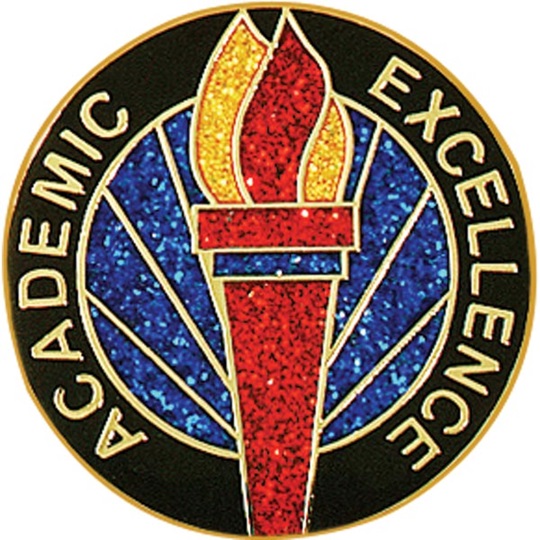As a Troy School District (TSD) parent with a 2nd grader as well as an elementary teacher in a neighboring district for over 20 years, I’ve noticed concerning differences in early writing instruction that may contribute to the broader academic challenges previously discussed.
My son’s writing in TSD often lacks punctuation and he’s actively discouraged by his teacher from sounding out words. This contrasts with the nearby district where I teach, where K-5 instruction emphasizes punctuation and phonics. More critically, my son’s writing assignments are typically personal reflections, disconnected from any reading. He isn’t taught to find textual evidence because there’s no accompanying text. In contrast, my students’ writing is consistently linked to reading, requiring them to use textual evidence to support their ideas.
This approach seems at odds with established best practices. Experts, like those cited in EducationWeek, emphasize that even in early grades (K-2), reading and writing should be intertwined. Students should engage with rich content through read-alouds and discussions, then write about what they’ve learned. This “writing to learn” approach helps build knowledge, vocabulary, and analytical skills. As one expert noted, if read-alouds cover animal habitats, decodable texts should also focus on animals, enabling students to use more sophisticated ideas and language in their writing.
Furthermore, effective writing instruction includes scaffolds like word banks or sentence starters, especially in early stages, to support language development and understanding of text structure. These supports are gradually removed as students gain proficiency. My son receives no such scaffolds in TSD, presumably because his writing is confined to personal topics, not requiring engagement with complex texts or academic concepts.
This approach is in direct contrast to how the English Language Arts (ELA) standards have been written by the state: https://www.michigan.gov/-/media/Project/Websites/mde/Literacy/Content-Standards/ELA_Standards.pdf.
Moreover, this interdependency between reading and writing is how M-STEP, the state’s standardized assessment, is designed to measure writing proficiency. As noted in our other post today, TSD’s M-STEP proficiency rates have been in a secular decline since M-STEP was introduced in 2014-15, with declines accelerating immediately following COVID. One contributing factor could be TSD’s ineffective writing curriculum, which is based on a debunked theories
These observations highlight TSD’s gaps in foundational literacy as well as its writing curricula. Remedying these fundamental approaches with curricula aligned with the Science of Reading could be crucial in strengthening overall academic performance and ensuring TSD students build the strong literacy skills needed for future success.
Fellow parents, make your voices be heard! Please come to the TSD board workshop meeting at 6pm this Tuesday, 06/03/25 to make sure the board knows to dismiss the Superintendent’s claim that a majority of the community is satisfied with these declines in M-STEP performance. Through our elected board, we can hold the Superintendent accountable for his poor policies and demand a strategic plan that drives district-wide improvement by setting ambitious goals.
